Nintendo’s “Splatoon 3” A Mode for Queer Self-Expression
October 11, 2022
Video games have always been vehicles for self-expression. Whether it is through the physical creation of the game itself, making game modifications, or through player character creation, there is always a way for someone to express who they are in this medium.
‘Splatoon 3’ is the third installment in the paint-filled, third-person shooter video game developed and published by Nintendo for the Nintendo Switch. The goal of ‘Splatoon 3’ is for players to fling ink to cover more ground than the other team, using weapons that range from water guns to paintbrushes. This subversion of the shooter genre, which has been defined by hyper-realism and graphic violence, allows for interesting mechanics and riveting gameplay.
The world of Splatoon is set far in the future, long after the extinction of humans. Sea levels rose and wiped out humanity. When sea levels returned to their normal levels, marine life was forced to evolve to live on land and eventually develop intelligence. Some of this marine life evolved into humanoid forms. Squids evolve into Inklings, and octopi evolve into Octarians and Octolings. These creatures developed societies and cities, and ‘Splatoon 3’ is set in the chaotic city of Splatsville.
Self-expression has been a core tenet of Splatoon since its inception. When the game was first revealed eight years ago in 2014, it was the first Nintendo-developed game that emphasized allowing players to choose their skin color, clothing, and hairstyle for their Inkling. Each installment since then has added more customization options. These additions can range from adding the ability to play as an Octoling after they join Inkling society, to adding culturally specific cosmetics that players can don to represent themselves through their player character better. ‘Splatoon 3’ has expanded this to gender.
In previous installments of the Splatoon franchise, players had to choose between a boy or girl Inkling or Octoling. After the player selected a gender for their player character, hairstyles would then be locked by the gender the player just chose. So if a player wanted to play as a girl Inkling, but have her sport a “boy” haircut, this was not a possibility. This is unfortunate because sometimes boys get cool
This is now, to many players’ delight, not the case in ‘Splatoon 3’. When players create their characters in ‘Splatoon 3’, there is no gender; players choose from body types, or “styles”. Hairstyles and pant types that were once gated by a gender lock are now free for anyone and everyone to use as they please. This small change to character customization makes the game feel all that more inclusive and allows players to play however they please, without judgment from the game or other players.
The emphasis the Splatoon franchise has placed on self-expression since day one has created an open and incredibly welcoming community that LGBTQ+ players have been attracted to. It’s hard to be the odd one out in Splatoon, and in an online space where no one judges each other and is there just to have some fun, it’s no wonder that queer gamers flocked to this game. A great example of this is clothing.
‘Splatoon 3’ allows players to dress up their characters in an array of bright and stylish streetwear. With over 250 options available, players can truly go wild and get creative when coming up with their own outfits. This, of course, tends to get a little fruity. Many online have noted that it’s actually quite hard not to dress like a gay little fish.
Splatoon celebrates the colorful, the quirky, the chaotic, and the queer in one of the most liberating ways possible; ‘Splatoon 3’ is no different. Splatoon is about having fun while being yourself. Well, as much as you can when you’re a humanoid squid or an octopus.


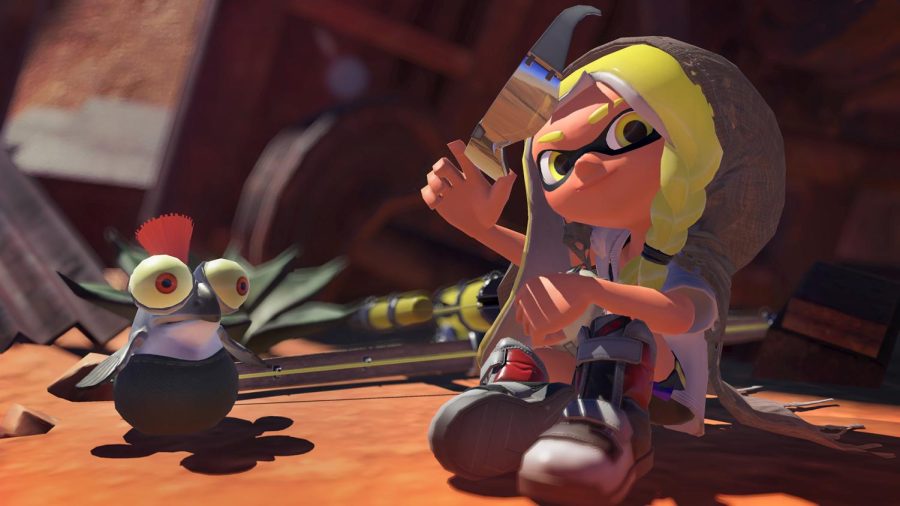

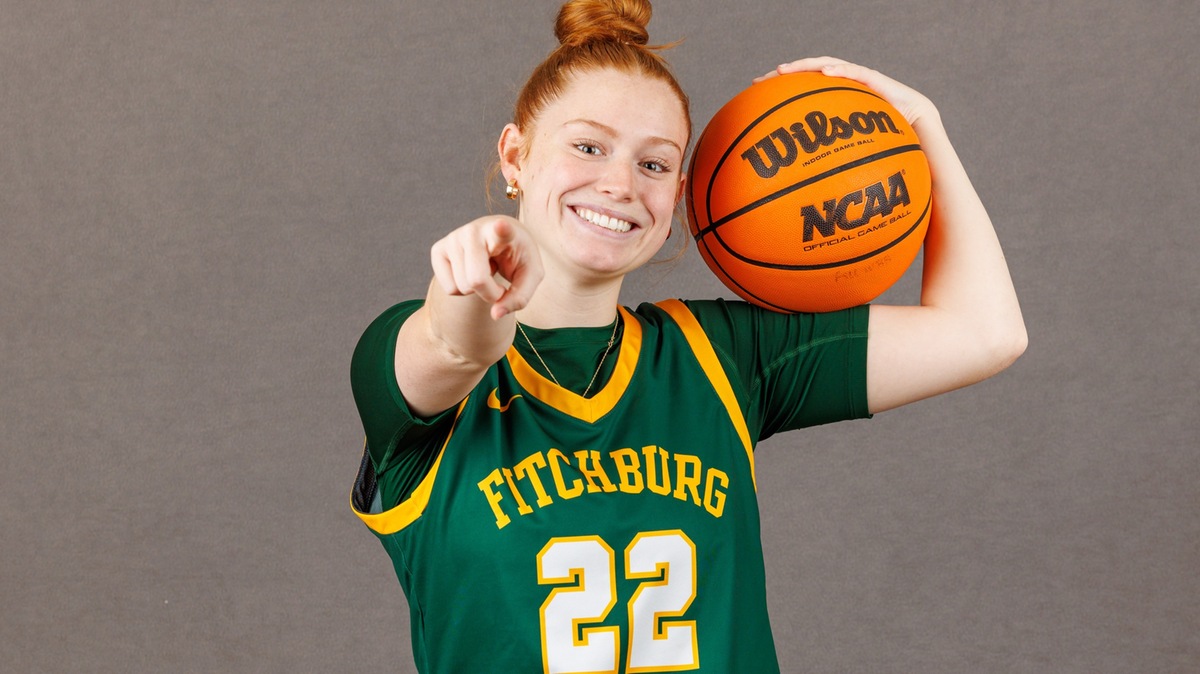
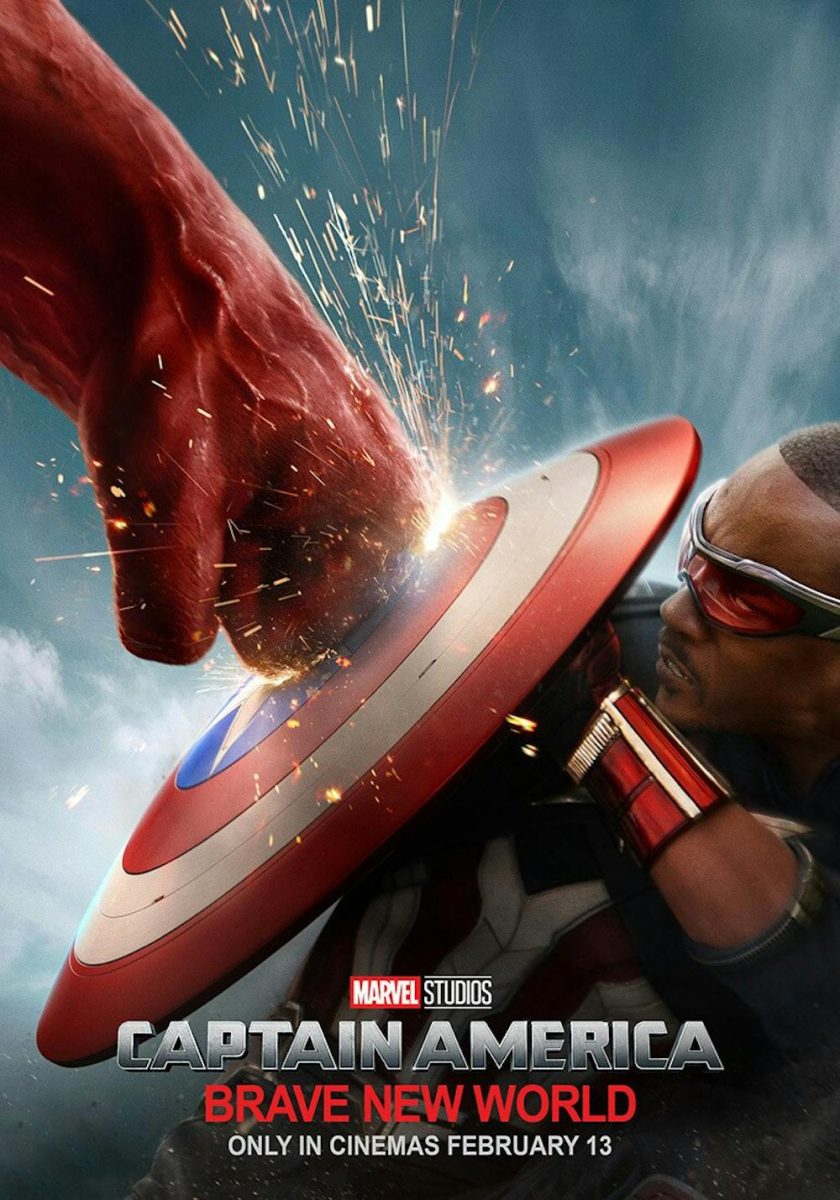


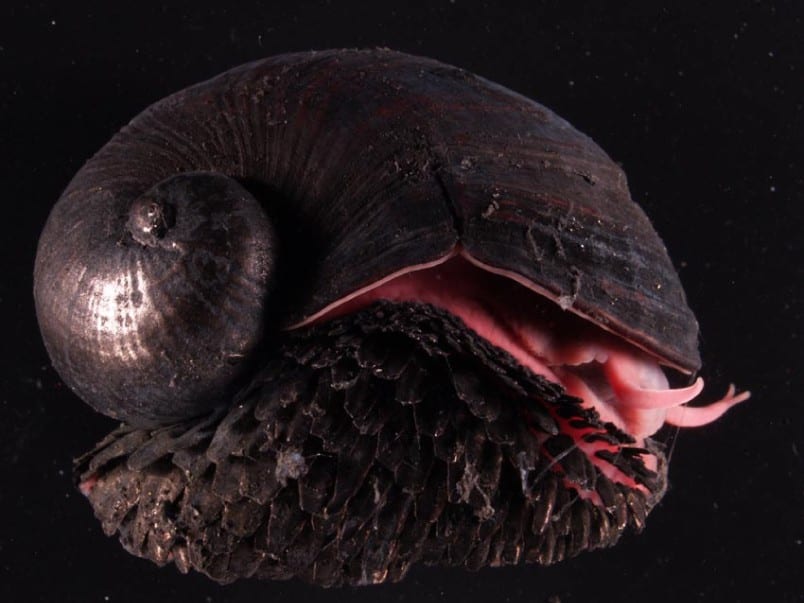

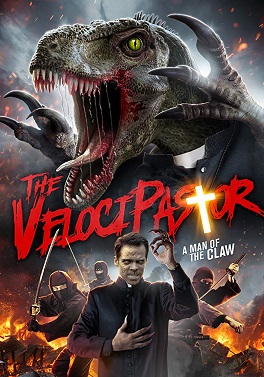
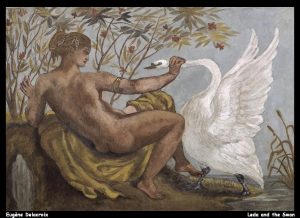

Gamecubic • Oct 10, 2023 at 10:01 am
There’s also Pearl and Marina, who are pretty much canonically dating, or at the very least Marina is coded to have a crush on Pearl.
Nico07 • Oct 25, 2022 at 9:06 pm
In Splatoon 3 you don’t pick a gender for your character just attributes and clothing. The game allows for comments to be posted in the lobby and around matches that are often gay themed when the game itself is a shooter. The first game let you switch between male or female anytime which is what some players picked up on as being fluid gender when it was just a simple character creation tool.
Wade • Oct 25, 2022 at 1:44 am
You’re damn right about the gay little fish
Charles • Oct 24, 2022 at 9:32 pm
gay squidlings
Marz • Oct 24, 2022 at 6:01 pm
I love being a gay little fish on splatoon… the fashion scene is really great but as a comp player (not high rank hee hee) I give up fashion for somewhat meta items.